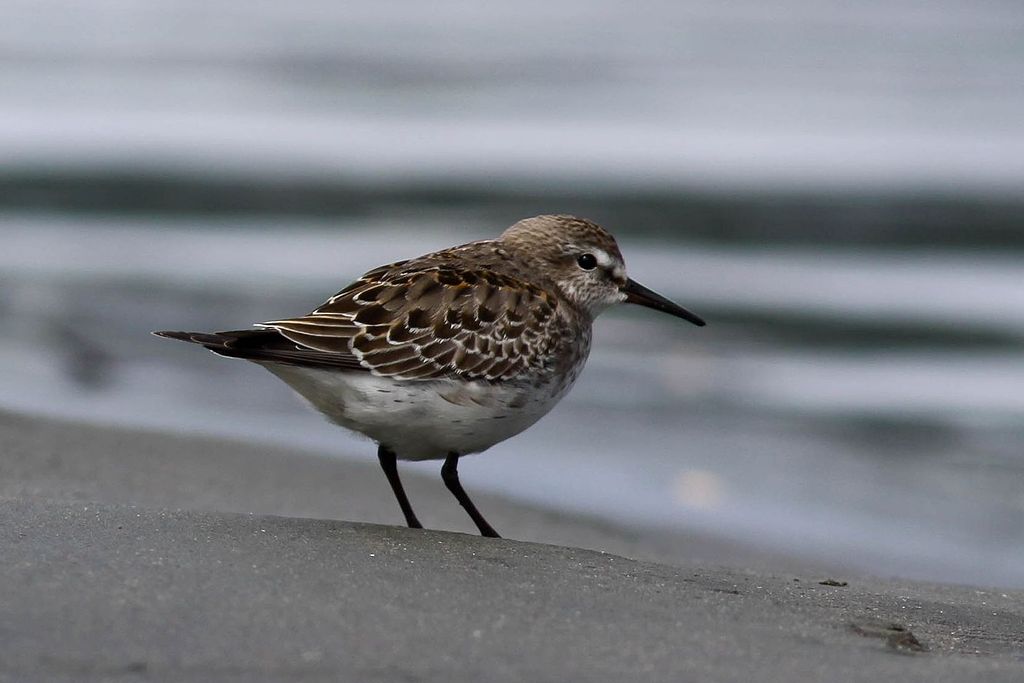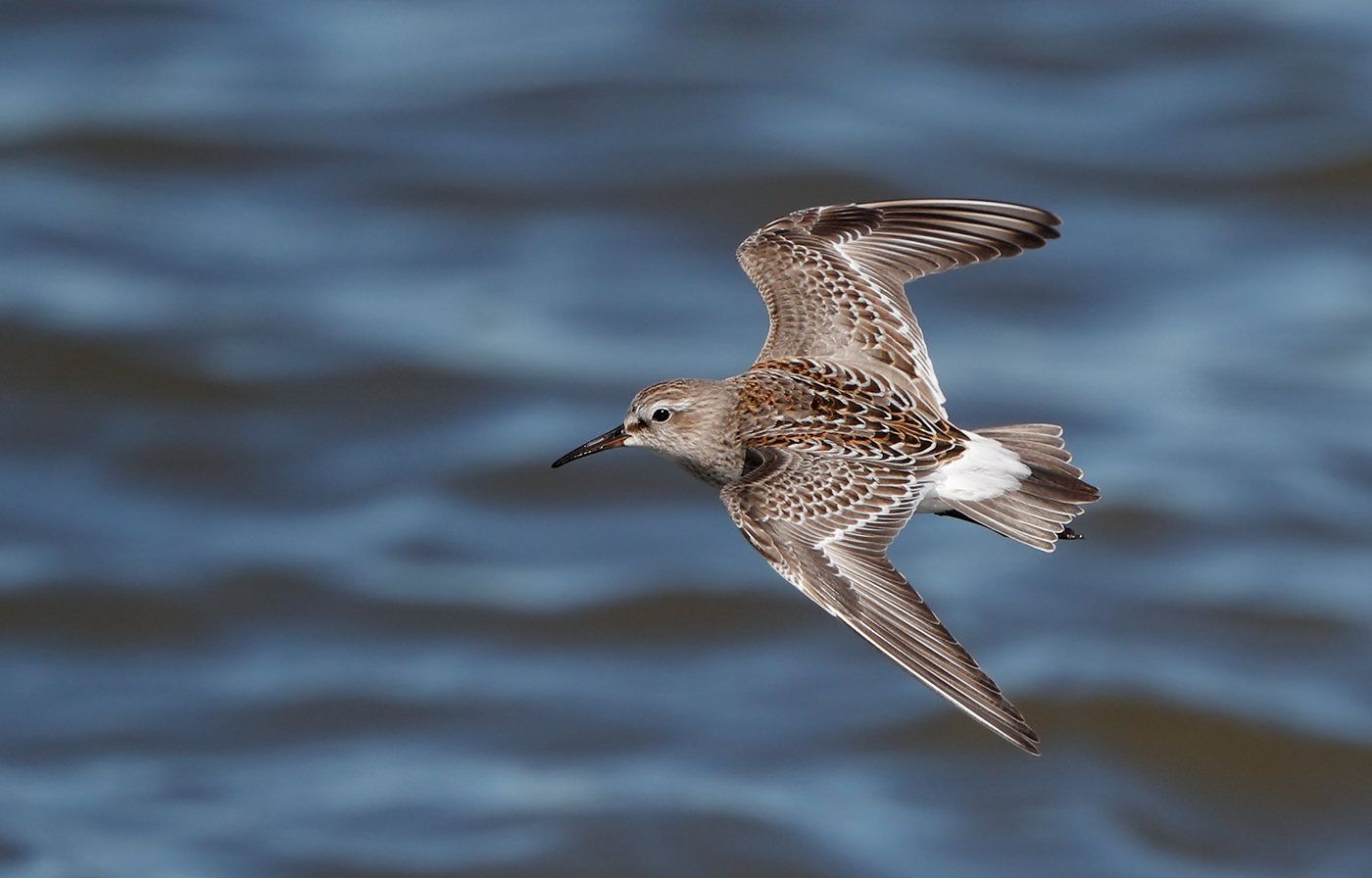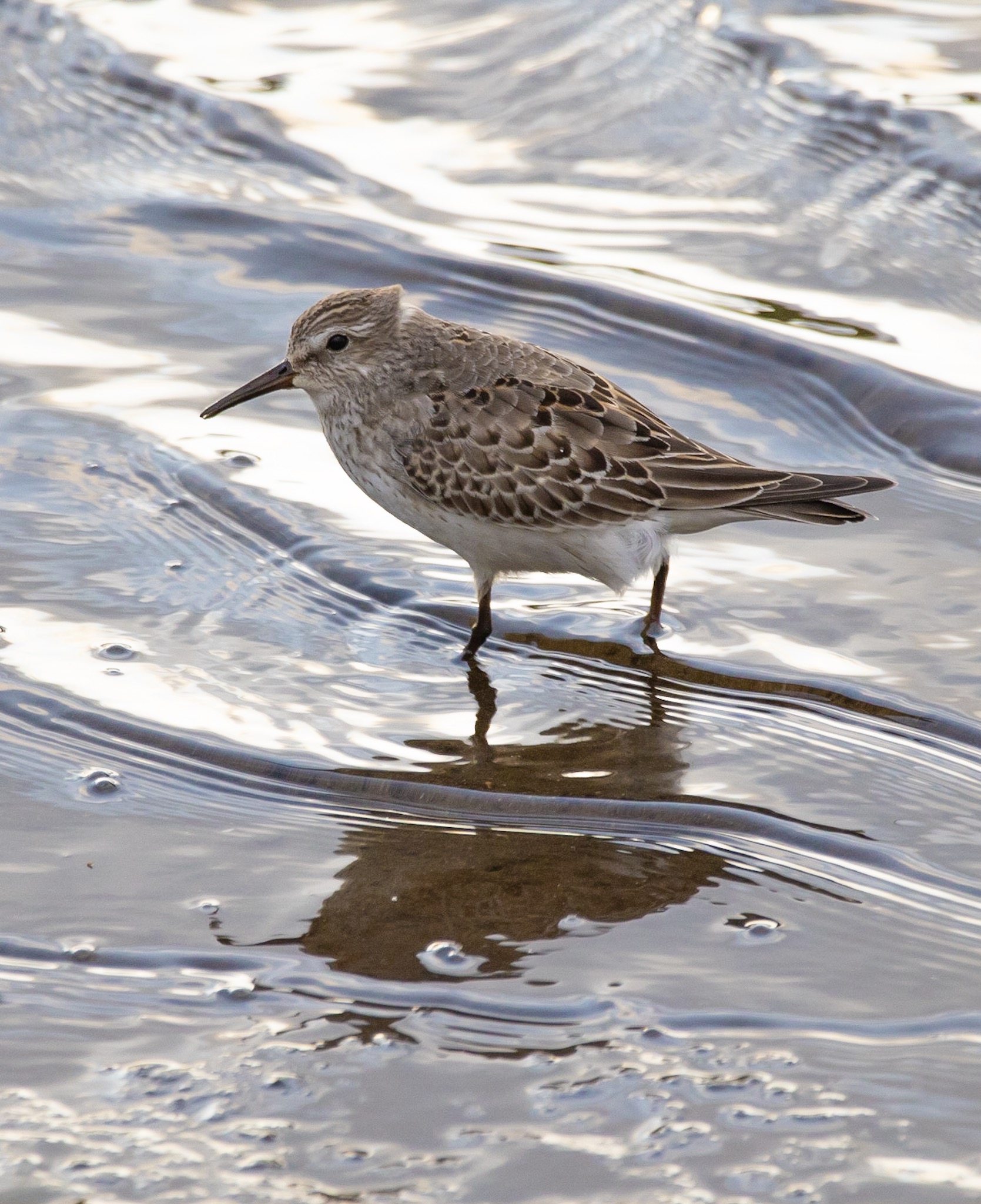
WHITE RUMPED SANDPIPER PATCH
The small white patch in the lower rump may also be an indication of White-rumped Sandpiper genes. Baird’s Sandpiper does not have streak-ing on the flanks as did the White-rumped Sandpipers and the hybrid. Although this small (7-8 inches) shorebird undertakes a remarkable long-distance migration each year, the White-rumped Sandpiper. Click any link below:ĭaniel Bengtsson served as chief ornithological consultant for Craig Brelsford’s Photographic Field Guide to the Birds of China, from which this species description is drawn. Baird’s Sandpiper and White-rumped Sandpiper are the only two shorebirds of this size to share the long primary projection of the hybrid. covers every species in the genus Calidris in China. BARE PARTS Bill black with pinkish-brown base (bill of Baird’s and Dunlin completely black) legs black. alpina, but Dunlin larger and has shorter primary projection (and has black central band from rump to tail. Feeds in “sewing machine” fashion like Dunlin C. Winter greyer than Baird’s, with prominent white supercilium and flank streaking. (Streaking of Baird’s is fainter and absent on flanks.) Juvenile shows distinct rufous color on mantle and streaked crown and ear coverts, and two white bands along mantle and scapulars. Unlike Baird’s, has U-shaped white uppertail coverts, conspicuous in flight, a distinct white supercilium, and bold triangular marks along breast, belly, and flanks and in breeding plumage is more rufous than buff on crown and upperparts. With primaries projecting more than a centimeter beyond tail tip, and with its short legs, has low, elongated profile, like Baird’s.

They replace each other geographically stray birds may settle down with breeders of the other species and hybridize. hypoleucos ), it makes up the genus Actitis. Together with its sister species the common sandpiper ( A. HABITAT Wetter habitats than Baird’s Sandpiper C. The spotted sandpiper ( Actitis macularius) is a small shorebird. The female typically abandons the group first, leaving the male to care for the young until they are independent.White-rumped Sandpiper Calidris fuscicollis breeds in high-Arctic Alaska and Canada, wintering mainly in South America rarely reaches Japan and even more rarely the coast of China (Beidaihe). White-rumped Sandpipers are graceful, long-winged shorebirds, slightly larger than the more numerous peep sandpipers that they often forage with. Most feed themselves, although the parents generally tend the young for a varying period of time. The young are precocial and leave the nest within a day of the hatching of the last chick. Clutch size is usually four, and both parents generally incubate.

Nesting practices vary, but both parents typically help raise the young. Many make dramatic, aerial display-flights during courtship. Were seeing the expected mid summer southbound migrant shorebirds like Least Sandpipers and Willets, but a White-rumped Sandpiper on July 3 was a surprise. Most members of this group eat small invertebrates.

Those that probe generally have sensitive bills that open at the tips. Most are water birds that feed on invertebrates or small aquatic creatures. They use a variety of foraging techniques, but the most common techniques are picking food from the ground or water, or probing into wet sand or mud. This is a large and highly varied group of birds that do not have many outward similarities. Many of these mostly coastal birds forage in relation to the tides, rather than the time of day. Basic facts about White-rumped sandpiper: lifespan, distribution and habitat map, lifestyle and social behavior, mating habits, diet and nutrition.

Their highly migratory nature leads them astray fairly frequently, and rarities often show up outside their normal range. This large and diverse family of shorebirds is made up mostly of northern breeders that migrate long distances.


 0 kommentar(er)
0 kommentar(er)
